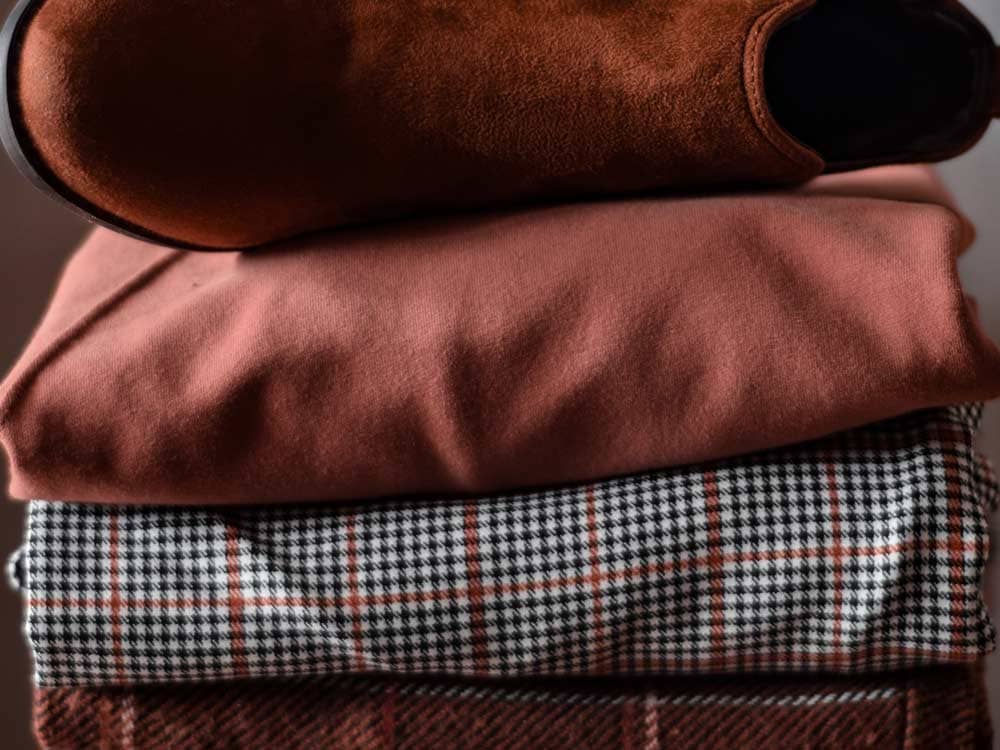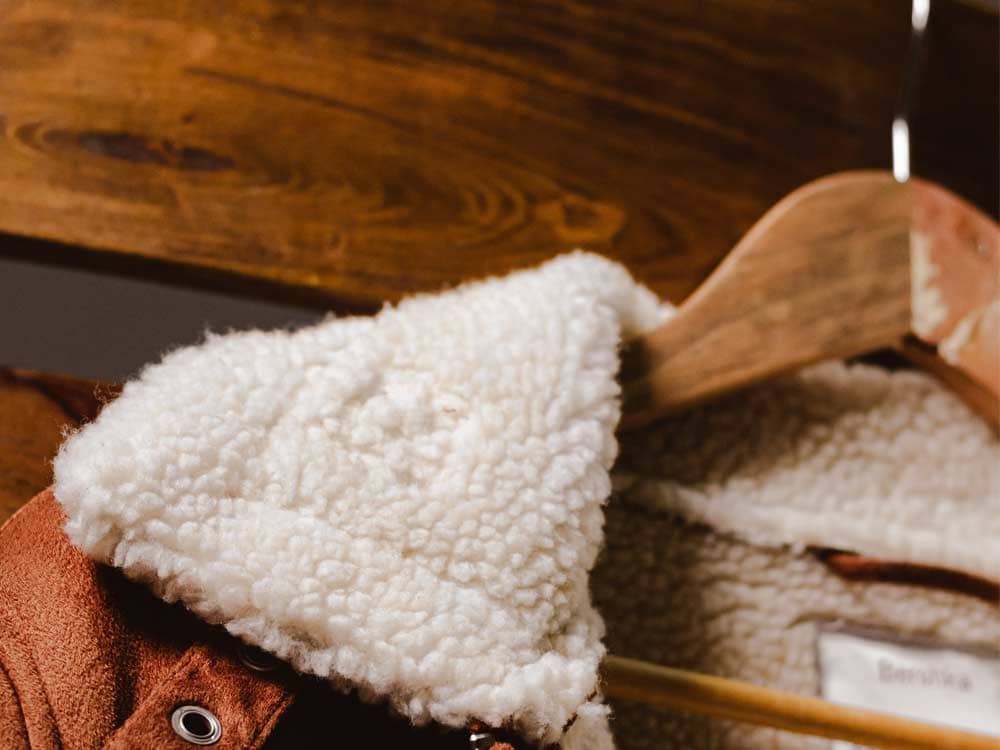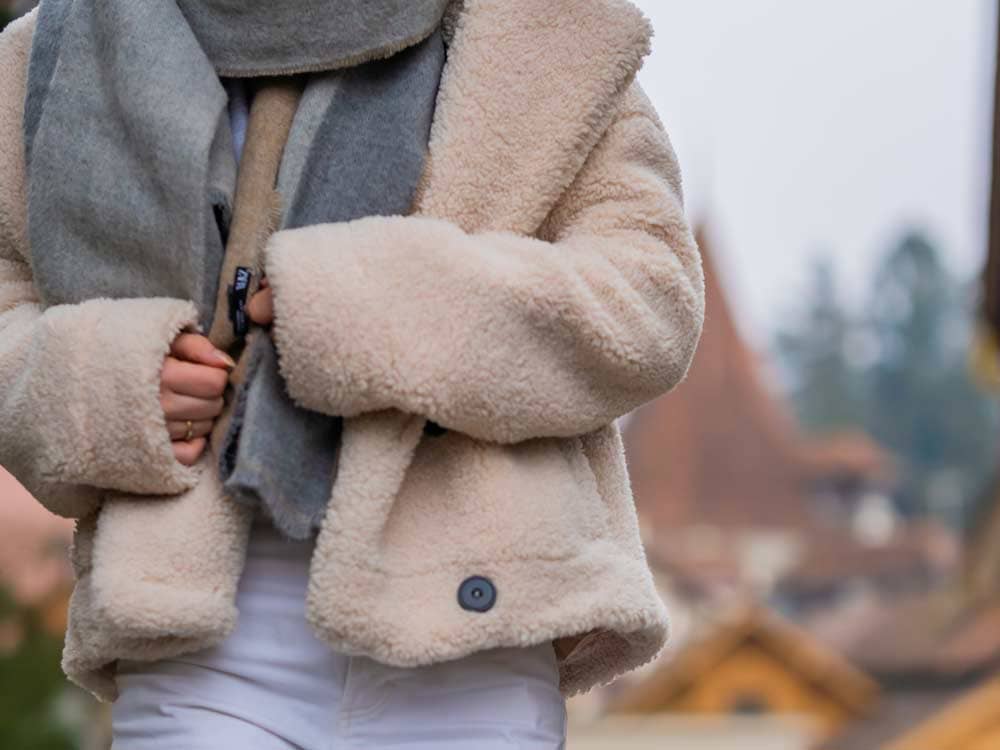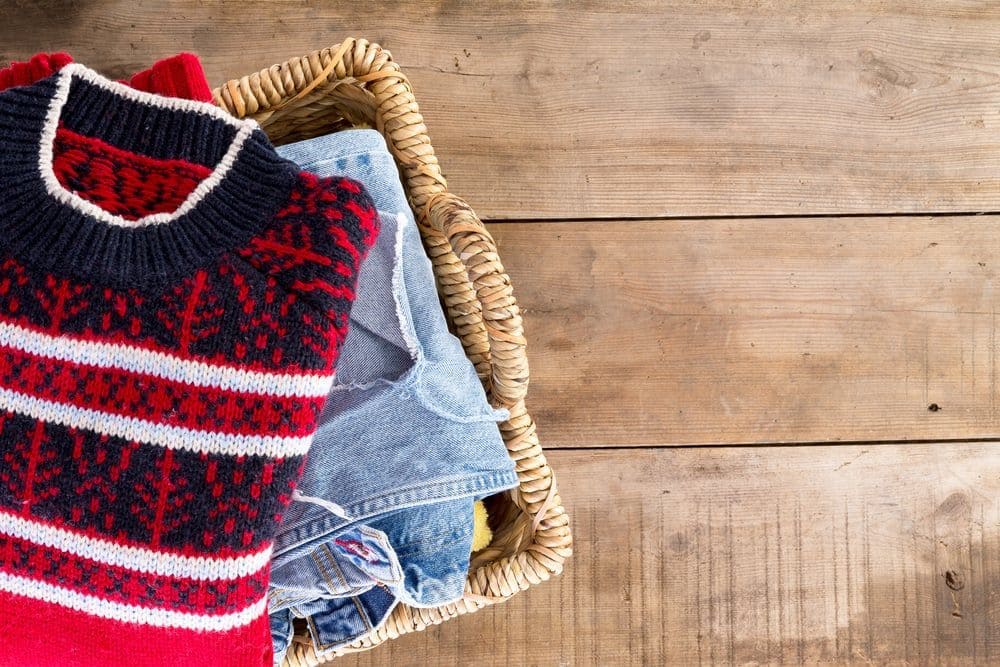Hello everyone! Today I'm going to share with you something that has changed the way I organize my home: practical tips for storing winter clothes. After all, who doesn't want to save space and keep everything in perfect condition for next year, right?
Essential Steps to Preserving Winter Clothes
Winter clothing tends to be more expensive, considering the more expensive materials used, such as leather, wool, and fleece. Learning how to store winter clothing efficiently will allow you to enjoy these items for many years to come, contributing to sustainability and personal savings.

With that in mind, we’ve created a step-by-step guide that will make storing winter clothes simpler and more efficient!
1 – Select the pieces
The first step is to sort out which items you will still have access to and which you will store. Don’t forget to keep a light coat on hand in case the weather turns unexpectedly cold. Also, consider donating clothes that you didn’t wear last season. Not only will this help those in need, but it will also free up more space in your closet.
2 – Wash all winter clothes
Many people make the mistake of storing dirty or smelly clothes, which can result in long-term damage. Check each item carefully and follow the washing instructions on the label to avoid damage.
3 – Choose the storage location
Winter clothing materials have specific characteristics that require special care. Determine where you will store your winter clothing and consider a storage system if space is limited. By alternating between summer and winter clothing as the seasons change, you can optimize the available space.
4 – Ensure that the storage location is ventilated
Humidity and cold weather clothing don't mix well! Avoid storing winter clothing in damp places or under direct sunlight or intense artificial light. Instead of using plastic bags, which can retain moisture, use cotton or non-woven covers to allow air circulation.
5 – Fold or hang?
Clothes that are prone to losing their original shape, such as knitwear, should be folded, while those that wrinkle easily should be hung. Use protective covers when hanging clothes to prevent damage.
6 – Choose suitable hangers
Evite cabides de arame, que podem enferrujar e danificar suas roupas. Para roupas mais pesadas, como casacos, opte por cabides estruturados. As calças devem ser penduradas pelas bainhas para evitar marcas, enquanto blusas e camisas podem ser penduradas em cabides de plástico ou madeira.
7 – Be careful when folding
Avoid compressing clothes to save space, as this can damage the garments. For more sensitive items, such as down-filled clothing, consider using non-woven bags or wrapping them in white tissue paper.
8 – Pay attention to winter shoes and accessories
Winter shoes should be cleaned and stored in boxes. For tall boots, insert plastic plugs to keep them in shape. Accessories such as gloves, hats and wool socks can be stored in boxes, while scarves and shawls should be rolled up and placed in non-woven bags.
9 – Protection against fungi and other enemies
Prevent moths, mold, and mildew by using cedar balls or lavender sachets in boxes and closets. Now that you know how to properly store winter clothes, it's time to start organizing and freeing up space in your closet!
10 – Making a color selection

Before you start storing your winter clothes, you need to know exactly which items will be put on “winter rest.” Separate your clothes into categories: jackets, sweaters, scarves, and so on. Also identify those that, even if they are for cold weather, can be useful on cooler days. And don’t forget about the items that you haven’t worn this season; it might be time to donate them and free up more space.
11 – Cleaning winter clothes: Before storage
Don’t make the classic mistake of storing your dirty winter clothes. Stains and odors can become permanent if clothes are stored without being cleaned. Additionally, dirt and body oils can attract pests. Check the care labels on each item to make sure you’re washing them properly. Keep in mind that some items may require dry cleaning or hand washing.
How to Store Clothes and Accessories in Winter

Each type of fabric has its own characteristics, so you need to understand the best way to store each one. If space is a problem, consider using a rotation system: summer clothes on one side of the wardrobe while winter clothes are stored away, and vice versa, as the seasons change.
1 – Proper storage: Keeping clothes airy
Storing winter clothes requires dry and airy places. Avoid places with lots of light or humidity, as these can cause damage to the fabrics.
Do not use plastic bags to store your clothes, as they can retain moisture. Opt for cotton or non-woven covers that allow air circulation.
2 – Hanging or folding: Knowing the best option

Woolen or knitted clothes, for example, should be folded to prevent them from losing their shape. Clothes that wrinkle easily, such as cotton, should be hung.
If space is an issue, consider purchasing a clothes rack. Don't forget to use protective covers to keep out dust.
3 – Choosing the right hangers
The right hangers can make all the difference when storing your winter clothes.
Avoid wire hangers, as they can rust and damage your clothes. For heavier items, such as coats and jackets, opt for structured hangers.
4 – Be careful when folding: Avoid damaging the pieces

Compressing clothes to make more space can damage them. Use vacuum bags only for sturdy items, keeping delicate items in nonwoven bags or wrapped in white tissue paper. Vacuum bags are a great alternative for blankets and other bulky items.
5 – Storing winter shoes and accessories

Winter shoes can be stored in boxes, but they should be thoroughly cleaned first. For tall boots, you can use foam pieces to keep them in shape. Winter accessories such as gloves, hats, and wool scarves can be stored in boxes. Roll scarves and shawls and place them in non-woven bags.
6 – Preventing the appearance of fungi and other pests
Even with all the care you take, moths and mold can still appear. To prevent this, use cedar balls or lavender sachets in your closet and in the boxes where you store your winter clothes.
Remember: Good storage helps preserve the life of your clothes and save you money in the long run.
How to store winter clothes until next season
Learn all about how to store cold weather clothes in your closet. Also learn how to pack clothes with silica and bay leaf sachets. Check out the video:
Curiosity: Did you know that the way we store our clothes can even influence our mood? An organized closet can bring an incredible sense of peace and control over our daily lives. Let’s try it out!
Conclusion
Storing your winter clothes properly not only saves space, but also gives you a sense of order and preparation for the coming year. With these tips, I hope your next change of season goes more smoothly and organized!
Frequently Asked Questions
How can I prevent clothes from smelling like they were stored?
One tip is to place scented sachets or a piece of soap inside the boxes or bags.
Is it necessary to wash clothes again when taking them out of storage?
Generally not, but a visual and olfactory inspection is recommended.
Can I store winter clothes in suitcases?
Sim, mas garanta que a mala esteja limpa e em um local seco.
How to store winter boots and shoes?
Clean them well and store them in cloth bags to allow ventilation.
What is the biggest mistake when storing winter clothes?
Storing them dirty is the most common and harmful mistake.
Can I use anti-mildew products on storage boxes?
Yes, but choose non-toxic, fabric-safe products.
Did you like this amazing tip? If so, share it with your friends and on your social networks. Leave your comment below and your suggestions. Receive it daily here on our website. Blog of ideas and tips free and follow us on Google News too. Thank you!